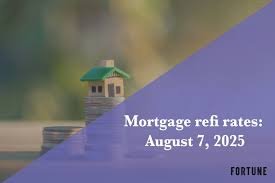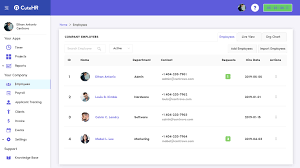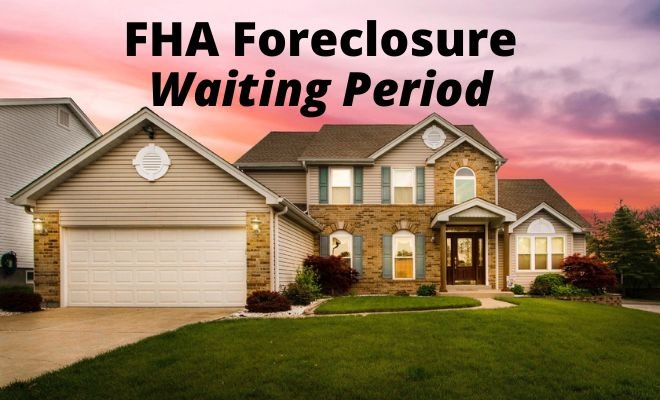Cost to Refinance Home Loan in 2025: What You Need to Know Before You Refi

Refinancing a home loan can help lower your interest rate, reduce monthly payments, or tap into home equity. However, before moving forward, it’s crucial to understand the Cost to Refinance Home Loan in 2025 so you can make a smart financial decision.
While refinancing can provide long-term savings, the short-term costs can be significant. In this article, we’ll break down the common fees, total costs, and ways to minimize them when refinancing in 2025.
What Does It Mean to Refinance a Home Loan?
Refinancing involves replacing your existing mortgage with a new one—typically at a lower interest rate or different loan terms. This process gives homeowners an opportunity to save money or switch from an adjustable-rate mortgage (ARM) to a fixed-rate loan.
But refinancing isn’t free. The cost to refinance home loan includes several fees, and understanding them upfront can help you calculate whether it’s worth it.
Average Cost to Refinance Home Loan in 2025
On average, the cost to refinance home loan ranges between 2% to 6% of the loan amount. So, if your mortgage balance is $300,000, expect to pay between $6,000 and $18,000 in refinancing costs.
These costs vary based on your lender, loan type, credit score, and location. Let’s break down the most common expenses.
Breakdown of Refinancing Costs
1. Loan Origination Fee
Lenders charge this fee for processing your new loan. It typically ranges from 0.5% to 1% of your loan amount. For a $250,000 loan, this could cost you $1,250 to $2,500.
2. Appraisal Fee
Most lenders require a home appraisal to determine your property’s value. The fee usually falls between $300 and $600, depending on location and property type.
3. Credit Report Fee
Lenders charge a small fee—usually around $30 to $50—to pull your credit history.
4. Title Search and Insurance
You’ll need to pay for a title search and insurance to verify ownership and protect against title disputes. This cost can range from $500 to $1,000.
5. Application and Underwriting Fees
Some lenders include a flat application fee (around $75 to $500) and underwriting fees (often $400 to $600).
6. Recording Fees
Your local government charges a fee—usually $25 to $250—to officially record your new loan.
7. Attorney or Settlement Fees
Some states require an attorney during closing, which can cost $500 to $1,500, depending on complexity.
8. Prepaid Interest and Escrow
You may need to prepay interest for the month in which you refinance. You might also need to fund your escrow account for property taxes and homeowners insurance.
Total Estimated Cost to Refinance Home Loan
Here’s a typical breakdown for a $300,000 refinance:
| Fee Type | Estimated Cost |
|---|---|
| Loan Origination Fee | $1,500 – $3,000 |
| Appraisal Fee | $300 – $600 |
| Title and Escrow Services | $1,000 – $2,000 |
| Credit Report | $30 – $50 |
| Application/Underwriting | $500 – $1,000 |
| Recording Fees | $50 – $250 |
| Attorney Fees | $500 – $1,500 |
| Total Estimate | $3,880 – $8,400 |
Clearly, the cost to refinance home loan adds up quickly, which is why calculating your breakeven point is critical.
What Is the Breakeven Point?
The breakeven point tells you how long it will take to recover your refinancing costs through monthly savings. Here’s how to calculate it:
Breakeven Point = Total Refinancing Cost ÷ Monthly Savings
Example:
If your refinance saves you $250 per month and costs $6,000, the breakeven point is 24 months ($6,000 ÷ $250). If you plan to stay in your home longer than two years, refinancing makes financial sense.
When Does Refinancing Make Sense?
Refinancing can be a smart move in the following scenarios:
-
Lower Interest Rates: If rates are at least 0.75% lower than your current mortgage, refinancing could save thousands over time.
-
Improved Credit Score: A better credit score may help you qualify for a lower rate.
-
Switch Loan Type: You want to move from an ARM to a fixed-rate loan or shorten the loan term.
-
Cash-Out Refinance: You need access to home equity for home improvements or debt consolidation.
In all cases, the cost to refinance home loan must be balanced against the long-term savings.
How to Reduce the Cost to Refinance Home Loan
If you want to refinance without draining your savings, consider these tips:
1. Shop Multiple Lenders
Get at least three quotes. Compare interest rates, lender fees, and estimated closing costs.
2. Ask for a No-Closing-Cost Option
Some lenders offer “no-closing-cost” refinances, which roll the fees into your loan balance or interest rate. While it reduces upfront costs, it may cost more long-term.
3. Improve Your Credit Score
A higher credit score qualifies you for better interest rates and lower fees.
4. Negotiate Fees
You can often negotiate or waive certain fees like application or origination charges.
5. Refinance with Your Current Lender
If you have a good payment history, your lender might offer discounts or expedited processing.
Is Refinancing Always a Good Idea?
Not always. If you plan to move within a couple of years, the cost to refinance home loan may not be worth the short-term savings. Additionally, if rates haven’t dropped significantly or your credit hasn’t improved, you might not benefit.
Also, be cautious of extending your loan term. While your monthly payment drops, you may end up paying more in interest over time.
Tax Considerations
The IRS no longer allows you to deduct most refinancing costs. However, if you’re using a cash-out refinance for home improvements, some interest may be tax deductible. Always consult a tax advisor for current rules.
Final Thoughts
The cost to refinance home loan in 2025 ranges from a few thousand dollars to as much as 6% of your loan balance. However, if refinancing lowers your monthly payments and saves you more in the long run, it can still be a wise move.
Always do the math. Calculate your breakeven point, weigh the upfront costs, and compare lenders. With careful planning, refinancing your mortgage can be a strategic financial decision that strengthens your future.




